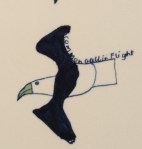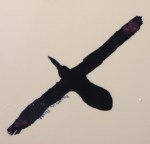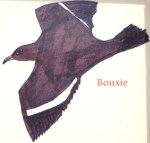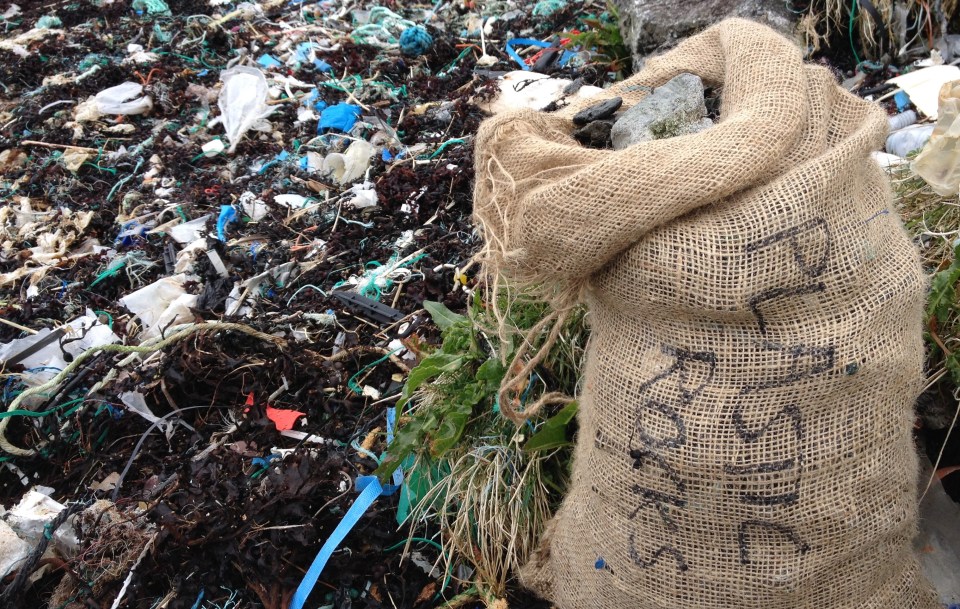Tonight I take my leave of the Shetland Isles with Black Guillemot’s diving in Garthspool harbour. Stepping onto the deck of the ferry I am able begin to unravel what I have learnt from my extraordinary Shetland expedition.Almost 8 weeks criss-crossing the Isles, examining beaches, collecting Plastiglomerate, filming animation footage and leading workshops with pupils with 14 schools. On this journey my constant yet ever changing companions have been the wonderful bird life that fills the skies and extensive coastline.
Drawings above of a Common Gull, Raven and Skua (Bronxie) by Urafirth School Pupils
As the ferry swiftly leaves the dock and makes its passage through the Bressay Sound Arctic Terns dart across the prow of the boat and Fulmars fly down skimming the seas surface dipping to pick up food.
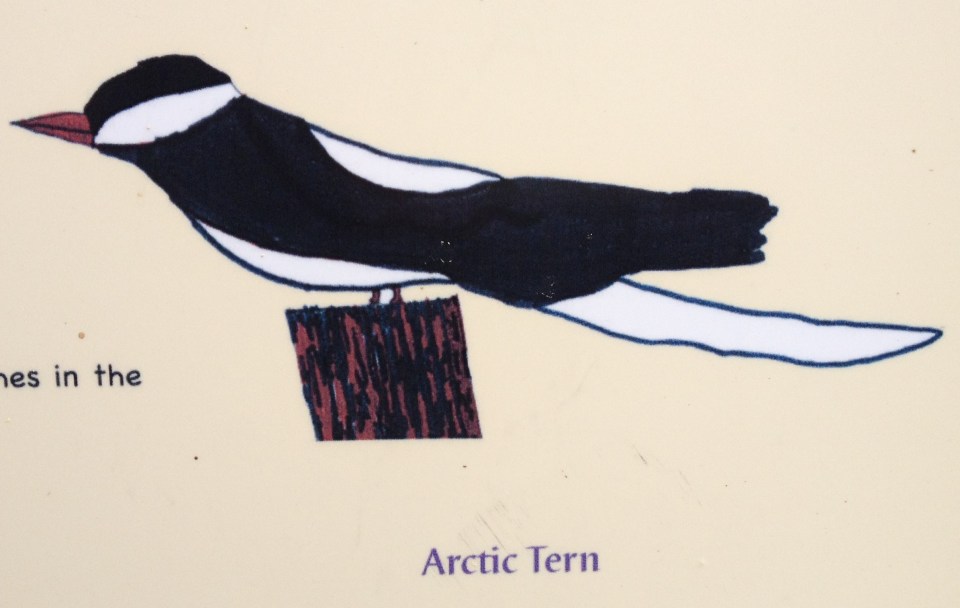 Steaming down the east coast of the isles I focus hard on the shoreline through the mist trying to recognise some of the beaches I have collected Plastiglomerates from and lead litter investigations on with pupils from 14 schools over the last 7 weeks. The first beaches I spot are effectively the small town beaches (less thean 50m long) there are many of them tucked in between buildings with a small tidal range.
Steaming down the east coast of the isles I focus hard on the shoreline through the mist trying to recognise some of the beaches I have collected Plastiglomerates from and lead litter investigations on with pupils from 14 schools over the last 7 weeks. The first beaches I spot are effectively the small town beaches (less thean 50m long) there are many of them tucked in between buildings with a small tidal range.
We soon pass by the Voxter beaches of stone and shingle then Hoswick beach were we examined the beaches with local Sandwick School pupils, collected micro-plastics from the beach and considered the disturbing images (below) taken by a scientist Jan Andries van Franeker who carried out an autopsy on a Fulmar found locally on Shetlands south mainland.

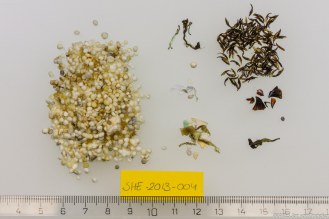
The dead Fulmar had over 9oo polystyrene beads plus small pieces of plastic and nurdles. Fulmars feed on the surface of the sea and understandably mistake the polystyrene and plastic pellets/pieces for fish eggs. The result of eating so many piece of plastic is starvation as the bird thinks its full. Fulmars also feed the plastic to the chicks. The extreme dangers of micro plastics to bird life was central to our Close Examination workshops and was carefully explained by my workshop colleague Jane Outram the environmental officer of the Shetland Amentity & Guide at Sumburgh Head Lighthouse (bird observatory). Jane has been a great bird knowledge and has been an invaluable project colleague who has helped me to facilitate the workshops and help me differentiate the numerous type of waders, gulls and .

We have both been delighted and impressed by the children’s knowledge of birds while delivering the educational workshops. The Urafirth Primary Schools beautiful illustrations used here are taken from the schools notice board which names the birds seen around their school and points out the dangers that face specific birds like the Shag below, from beach and marine plastic litter.
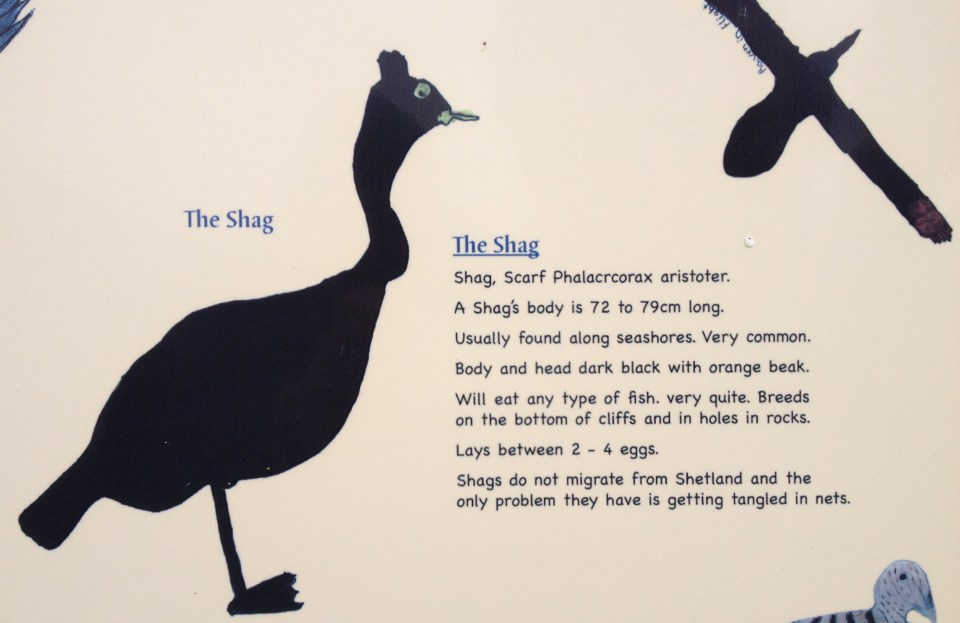
Shetlanders are rightly proud of the vast aray and number of bird and wildlife that lives and visits the islands throughout the year. I have delighted in being able to witness this at close hand as I criss-crossed the islands visiting beaches and schools. I have caught sight of otters cruising along the Grathspool harbour wall (Lerwick) at sunset and Red-throated Divers diving in the afternoon sunlight on Voes out west.
As MV Hrossey ploughs through the North Sea I try in vain to photograph a lone Gannet gliding fast across the wake of the ship which is broken up by the fresh north easterly.
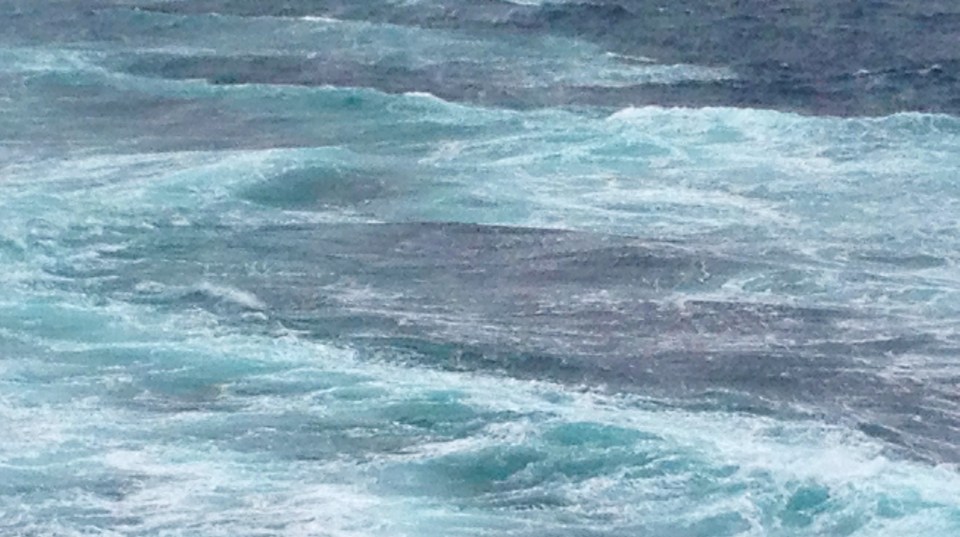
As we pass by Sumbrugh Head cloaked in cloud after weeks of continual sunlight. I reflect on the fascinating natural beauty of Shetland and the dangers that wildlife and Birds are facing here and around the world given the increasing volume of plastics in the oceans and on the beaches.
Birdlife: (top) melted plastic rope, (LHS) Guillemot egg on Yell, (RHS) waders eggs increasingly exposed as nests change from muted brown to brightly coloured
With such images in mind I leave with an even greater determination to make work that envisages this environmental problem in new and dramatic ways and to stimulate discussion and the need to act /change behaviours. I look forward to returning in September to install my work at Da Gadderie Shetland Museum and Archives
Thanks to Creative Scotland for funding towards my animation and exhibition development work and thanks to Awards for All and Zero Waste Scotland for funding for the educational workshops and to North Link Ferries for help towards my travel.

